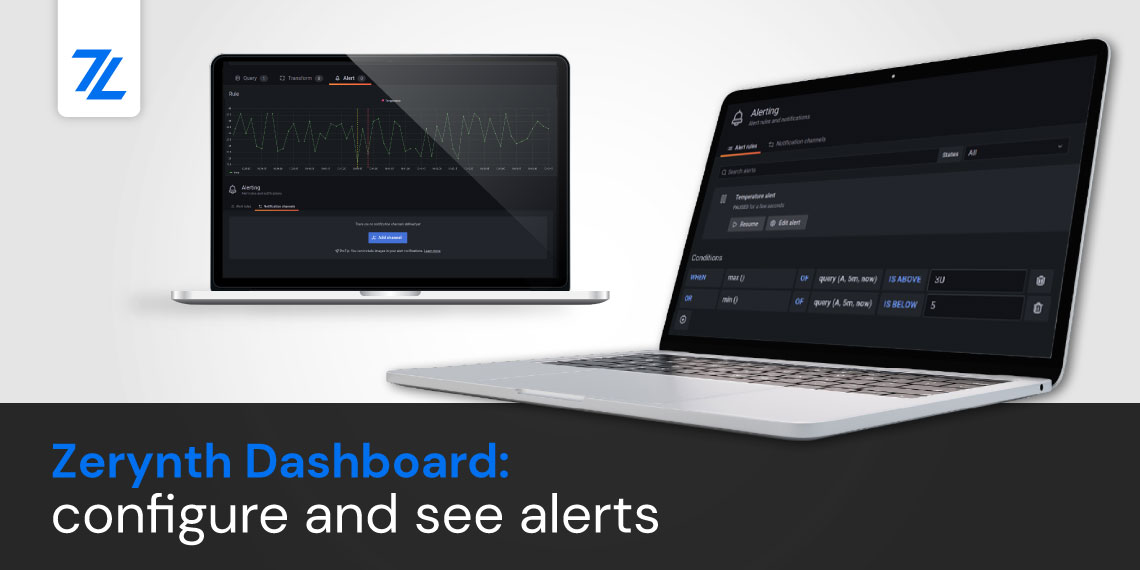We’ve got a new tutorial for you all. One that will cut your development time in half, if not more.
Since we have a long-standing partnership with MikroElektronika, we thought that it would be useful to share the knowledge we have about using their Click boards (standardized add-on boards), and various development boards in Zerynth Studio.
Let’s start with Flip&Click (SAM3X) – a small and versatile development board that can be programmed in Python with Zerynth Studio. Flip&Click has four mikroBUS™ sockets, for Click board connectivity. That means you can add up to four different functionalities to your project: sensors, transceivers, encoders, displays, connection ports, and more.
It’s the same mikroBUS™ socket you can find on the Zerynth-powered board 4zerobox, a plug-and-play data gathering, processing, and reporting solution for small and large enterprises who need to achieve full visibility and optimization of Industrial Processes.
We also support MikroElektronika’s Quail Board, an STM32-powered development tool with four mikroBUS™ sockets and 24 screw terminal, to connect additional components.
Click boards supported by Zerynth
Here’s the list of the Click supported at the moment. Bear in mind that Zerynth libraries are based on the specific driver mounted on the Click and you can use the same library also for other hardware
- 4×4 RGB click – carries WS2812
- Illuminance click – carries TSL2561
- OLED B click – carries SSD1306
- OLED W click – carries SSD1306
- WiFi 4 click – carries SPWF01SA
- LoRa click – carries RN2483
- Altitude click – carries MPL3115A2
- WiFi PLUS click – carries MCW1001A
- DAC click – carries MCP4921
- ADC 3 click – carries MCP3428
- Matrix R click – carries MAX7219
- Matrix G click – carries MAX7219
- Heart rate 4 click – carries MAX30101
- HTU21D click – carries HTU21D
- Temp&Hum click – carries HTS221
- WiFi 3 click – carries ESP8266
- RTC2 click – carries DS1307
- 10DOF click – carries BNO055 and BMP180
- Weather click – carries BME280
Below you can see how to use the 10DOF Click, cloning the ready-made example, and the Weather Click, creating a new project from scratch.
Reading Acceleration Sensor of 10DOF Click with Zerynth
In the previous video and in this Hackster project you can see how to get acceleration data from the BOSCH BNO055 mounted on the 10DOF Click, using Zerynth. The BNO055 is an Application Specific Sensor Nodes (ASSN) implementing an intelligent 9-axis Absolute Orientation Sensor. It eases the integration process for customers, freeing them from the complexities of multivendor solutions so they can spend more time on product innovation, including novel applications such as wearable hardware.
On the Zerynth documentation, you can find the definition of the BNO055 Module and the example’s code.
Just a few steps to get started:
- Connect, Register and Virtualize the board
- Clone the Example “get acceleration”
- Verify and Uplink
- Enjoy!
Reading a Weather Sensor with Zerynth
In the previous video and in this Hackster project you can see how to get weather data from the BOSCH BME280 mounted on the Weather Click, using Zerynth. The BME280 is an integrated environmental sensor developed specifically for mobile applications where size and low power consumption are key design constraints.
On the Zerynth documentation, you can find the definition of the BME280 Module.
Here again, just a few steps to get started:
- Connect, Register and Virtualize the board
- Search for “BME280” into the quick search bar and open the relative doc
- Paste and edit the code into a new project
- Verify and Uplink
- Enjoy!
Until next time,
The Zerynth team





